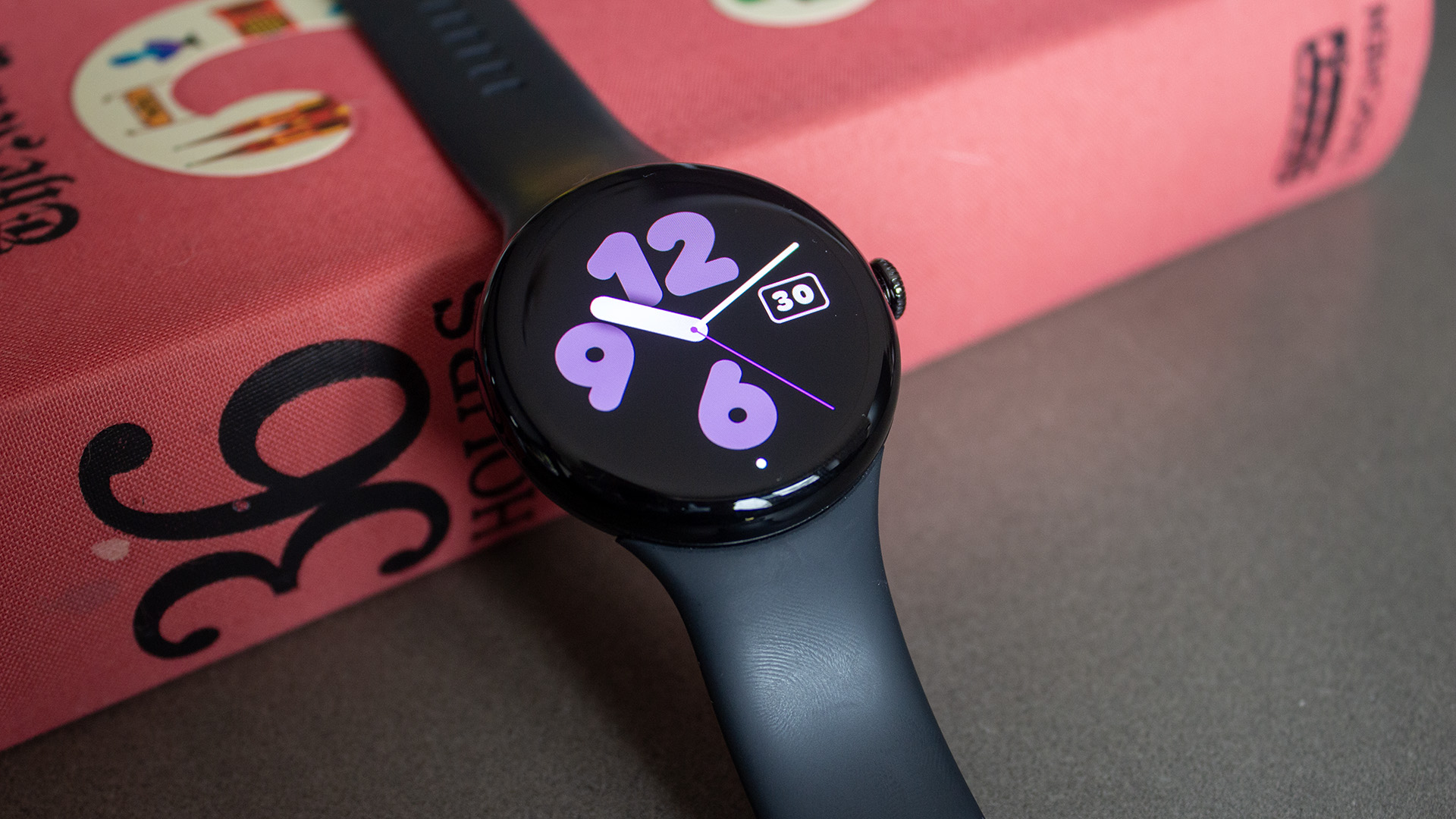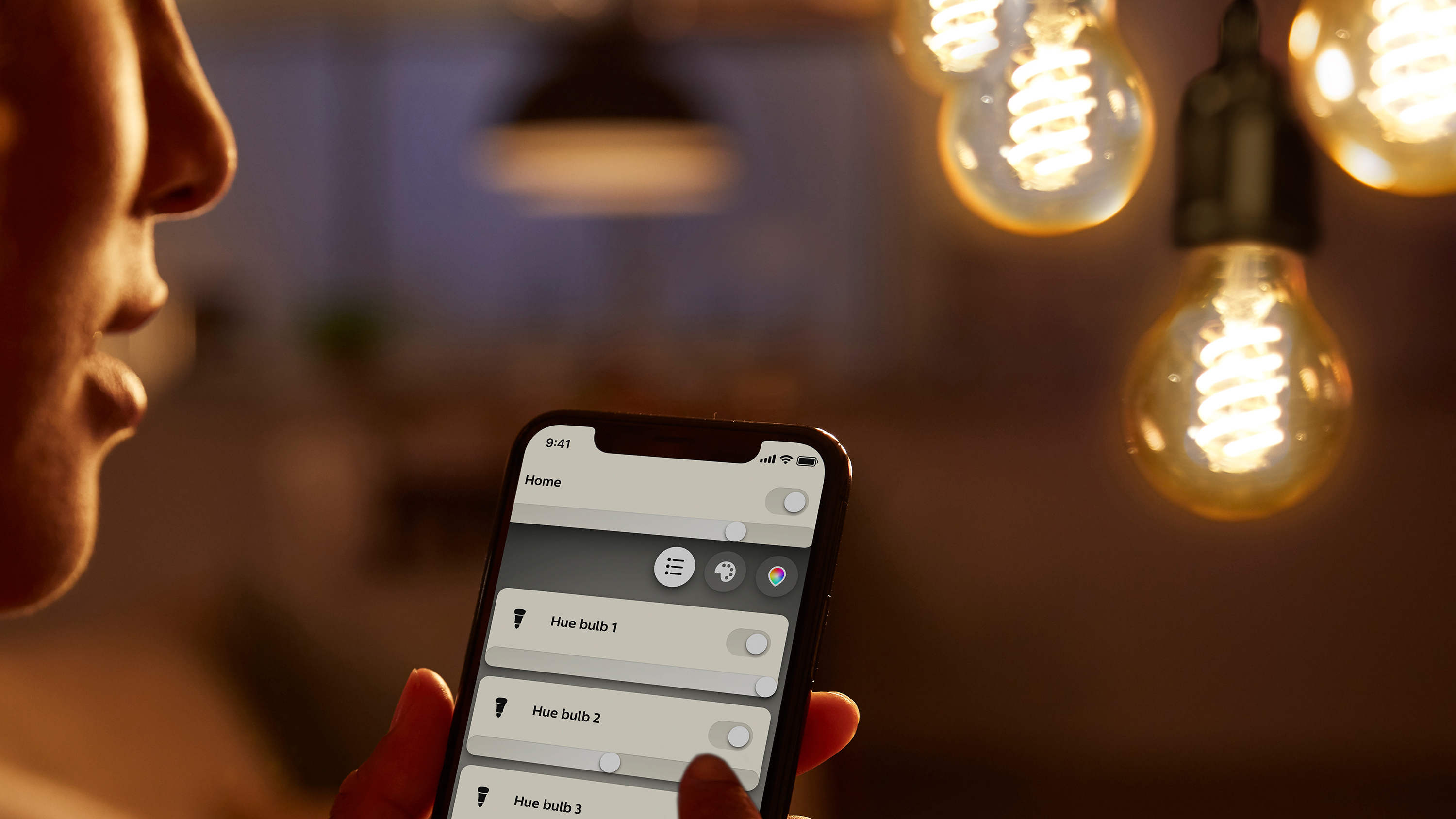

I've been using Philips Hue lighting for many years now, and it's one of my very favourite bits of tech: I rent my home so Hue enables me to redecorate with light instead of incurring the wrath of my landlord. And as our "Hue mistakes everyone makes" article points out, there's lots of stuff going on that you might not know about and lots of features you might really benefit from.
If I were starting from scratch today, I'd still go with Hue. I think it's the best smart lighting ecosystem you can have. But there are five things I'd want to know before I bought a single Hue smart bulb.
1. You don't need to use the official app
The Hue app is very good – one of the best smart lighting apps I’ve ever used - but you’re not limited to it. There are some fun third party apps as well as some more geeky ones; I used the latter to get some early IKEA Tradfri bulbs to connect to my Hue Bridge. Speaking of which…
2. You don't need to buy the Hue Bridge
You can cut the cost of a Hue system by skipping buying a Bridge, which is the Hue lighting hub. The most recent Hue bulbs work over Bluetooth – there’s a label on the box so you can be sure when you’re buying – and don’t need to be connected to a dedicated Hue Bridge. However, there’s a big but: you need to use the Philips Hue Bluetooth app, not the normal Hue app, and you won’t be able to use some of the more advanced features that only the Bridge provides.
3. You can use other firms' smart bulbs
Hue uses the Zigbee Light Link protocol and that means you can connect non-Hue bulbs to a Hue system; I’ve got some IKEA bulbs in mine, because they’re so much cheaper than Hue’s white bulbs. However you can’t use most third party bulbs with the Hue entertainment features such as music syncing or TV sync via the Play box, and they can be a little fiddly to set up.
4. You can't put Hue bulbs in everything
Hue has the biggest bulb selection of any smart lighting ecosystem, but there are still some omissions: if your home has halogen downlighters that predate the GU10 fittings, such as MR16 bulbs, there isn’t a direct Hue replacement. And for bathrooms, the only safe Hue lights are the ones with IP44 ratings.
5. Buying Hue is like getting a tattoo
Once you start, you won’t stop. I started with two Hue spotlights in my living room. Today I have three Hues in the hallway (it’s a long hallway), two Hues over my dining table, four Hues, a Hue Play Sync Box and a gradient lightstrip in the living room and a Hue in the bedroom. I had to stop myself from putting Hues in the kitchen, and if I weren’t renting I just know I’d have Hues outdoors too. Like tattoos, once you get Hue you don't see where the Hue lights are; you see where they aren't, and where you could put some more.
Sign up to the T3 newsletter for smarter living straight to your inbox
Get all the latest news, reviews, deals and buying guides on gorgeous tech, home and active products from the T3 experts
Writer, musician and broadcaster Carrie Marshall has been covering technology since 1998 and is particularly interested in how tech can help us live our best lives. Her CV is a who’s who of magazines, newspapers, websites and radio programmes ranging from T3, Techradar and MacFormat to the BBC, Sunday Post and People’s Friend. Carrie has written more than a dozen books, ghost-wrote two more and co-wrote seven more books and a Radio 2 documentary series; her memoir, Carrie Kills A Man, was shortlisted for the British Book Awards. When she’s not scribbling, Carrie is the singer in Glaswegian rock band Unquiet Mind (unquietmindmusic).
-
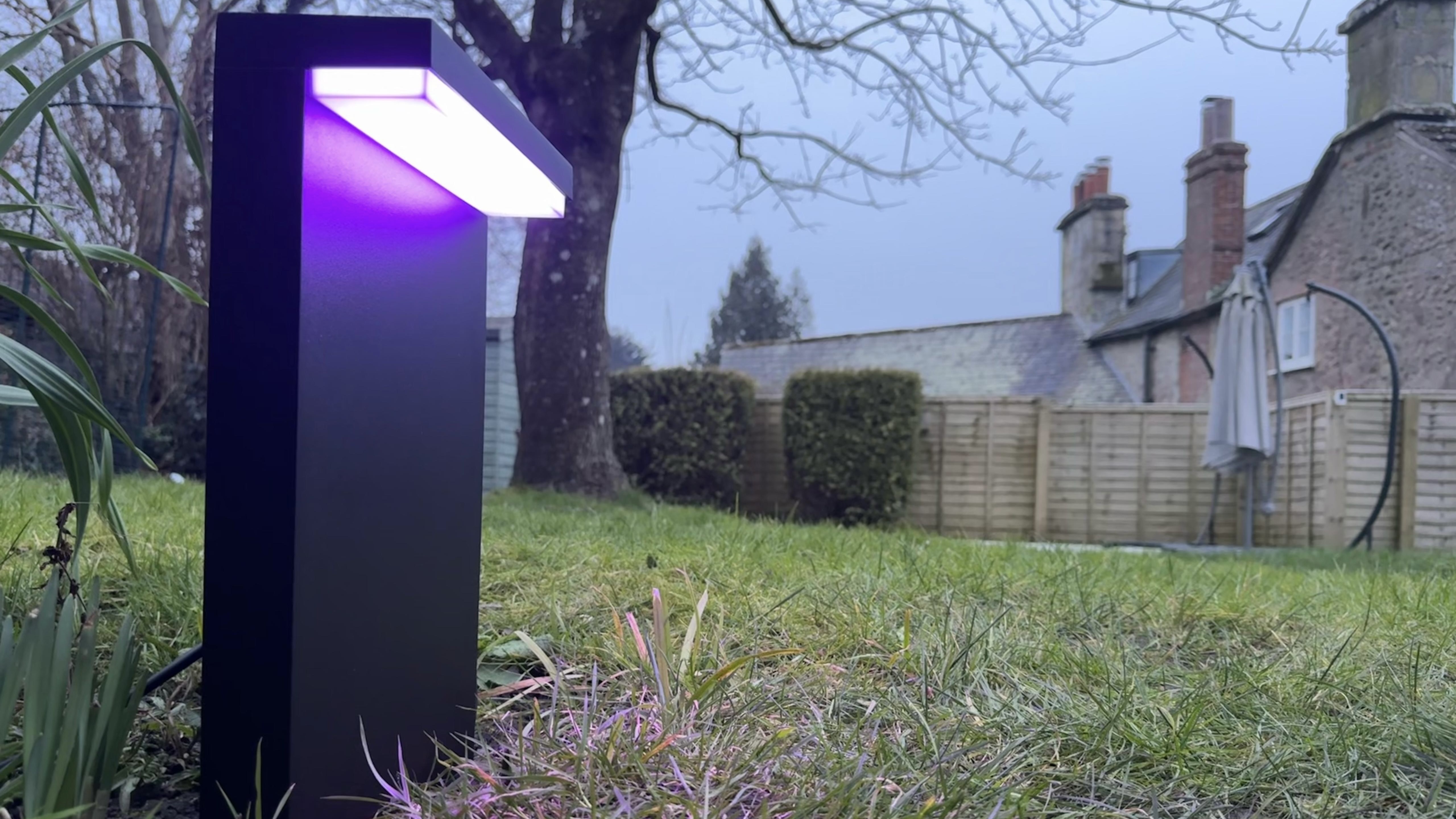 I tested Philips Hue’s most controversial outdoor smart light – here's what shocked me
I tested Philips Hue’s most controversial outdoor smart light – here's what shocked meIt's pricey and a pain to set up...but is it worth it?
By Lizzie Wilmot
-
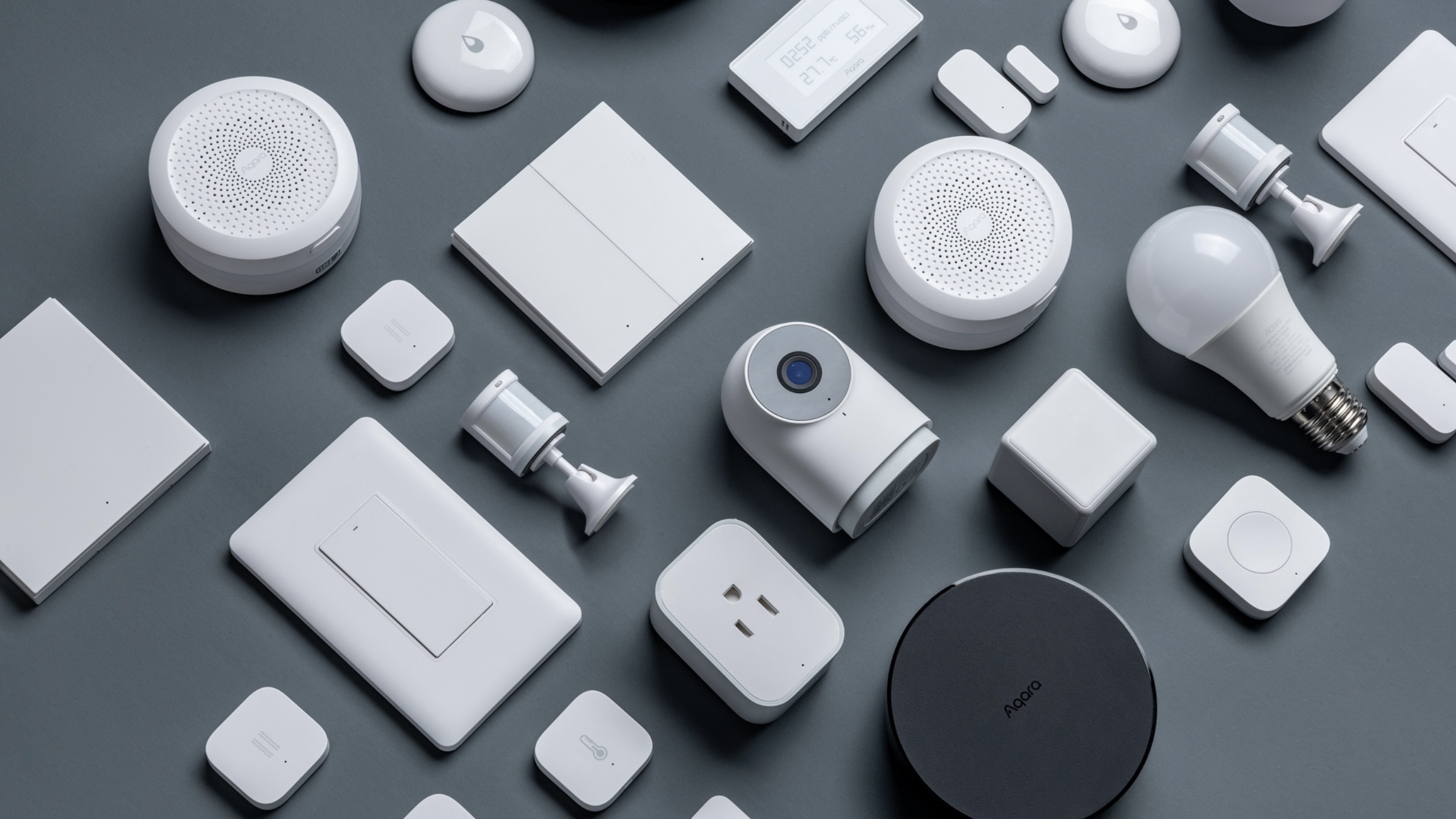 Aqara's smart home gadgets are finally becoming Matter-compatible
Aqara's smart home gadgets are finally becoming Matter-compatibleHere's everything you need to know
By Lizzie Wilmot
-
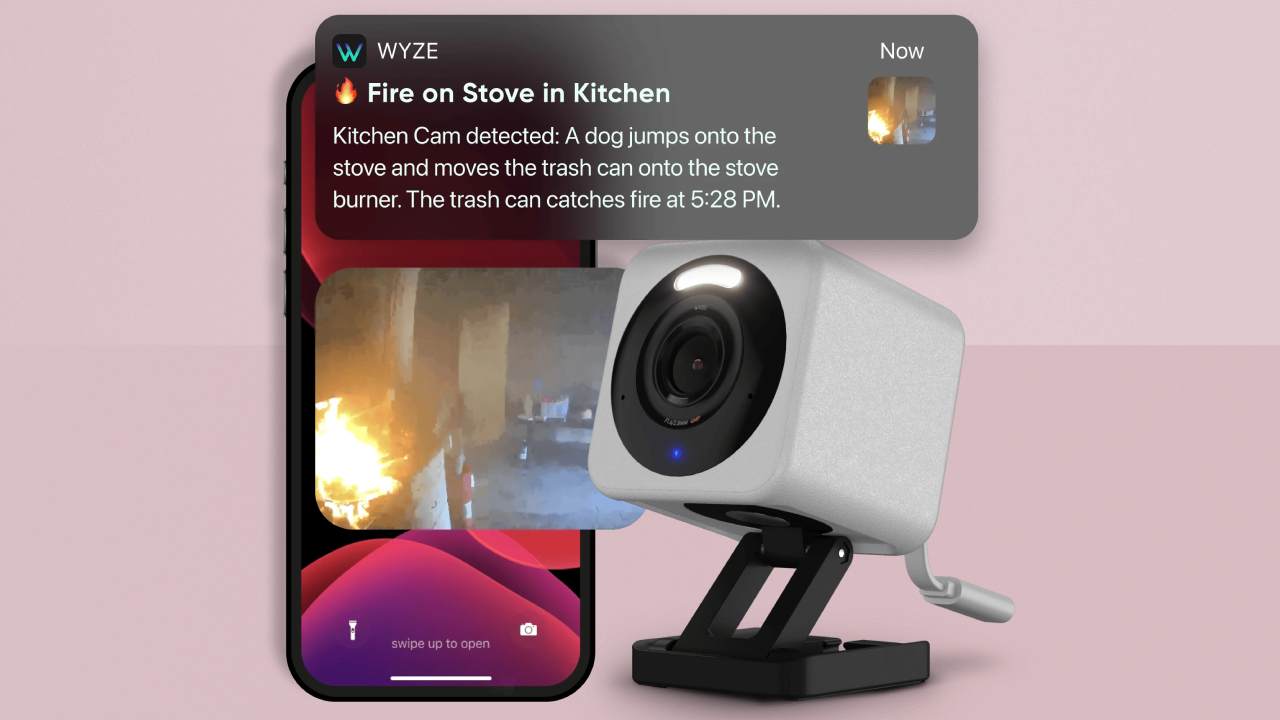 Wyze’s new AI feature only tells you the important things caught on your security cameras – here’s how
Wyze’s new AI feature only tells you the important things caught on your security cameras – here’s howWyze adds AI feature to its Cam Unlimited Pro subscription plan
By Bethan Girdler-Maslen
-
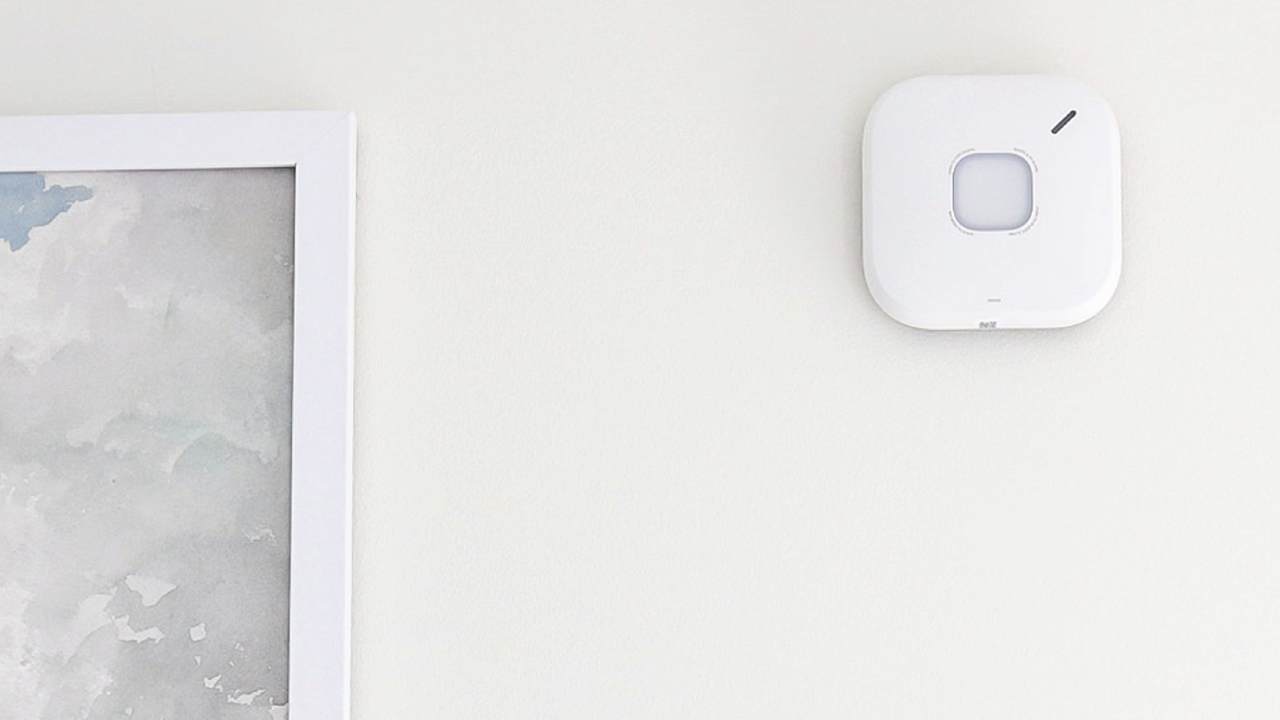 Google drops its Nest smoke alarms but First Alert has it covered
Google drops its Nest smoke alarms but First Alert has it coveredGoogle Nest partners with First Alert on smart smoke and CO alarm
By Bethan Girdler-Maslen
-
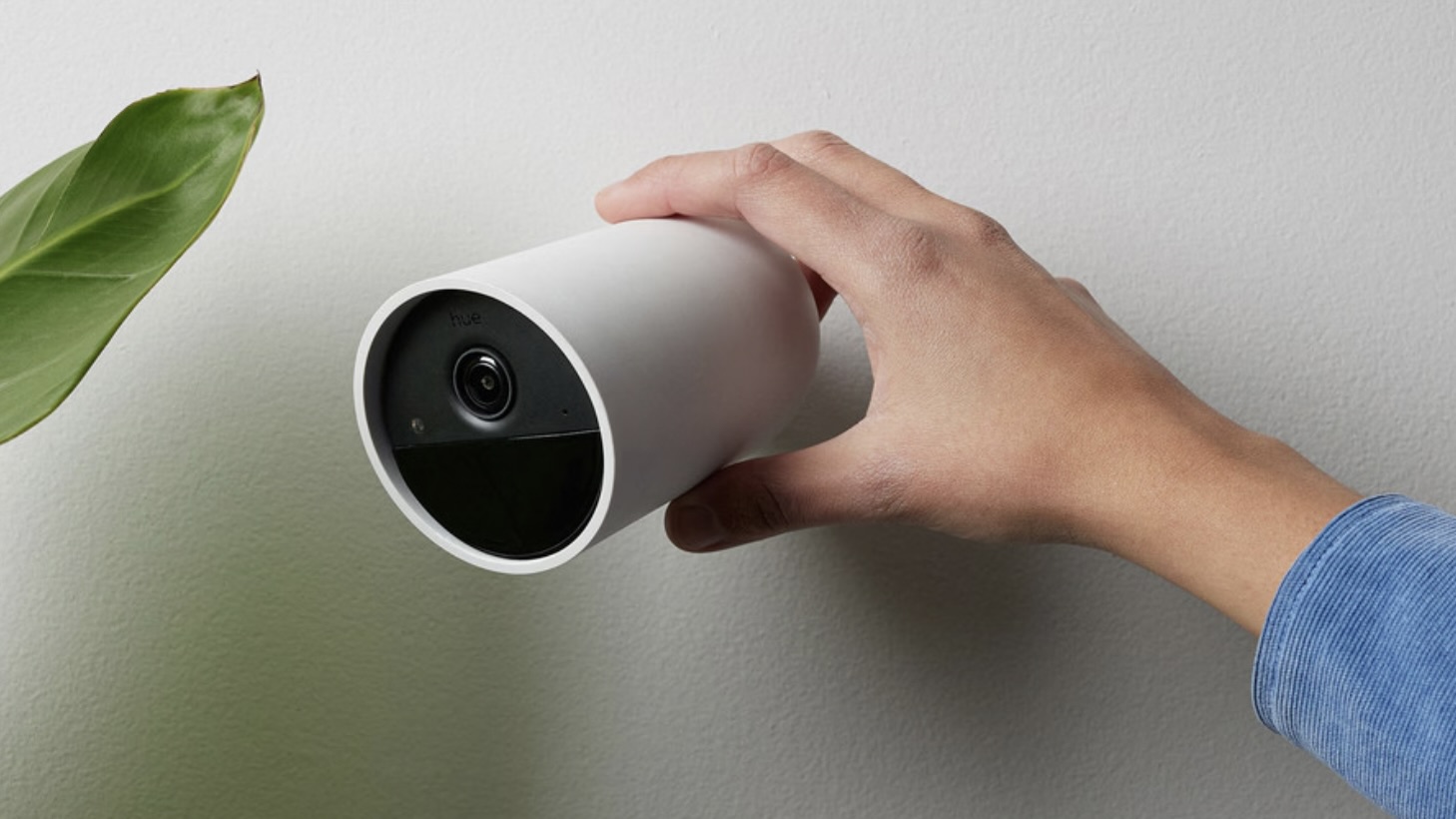 Philips Hue Secure cameras get major battery life boost with latest update
Philips Hue Secure cameras get major battery life boost with latest updateIt's the first update in a while that solely focuses on Hue Secure products
By Lizzie Wilmot
-
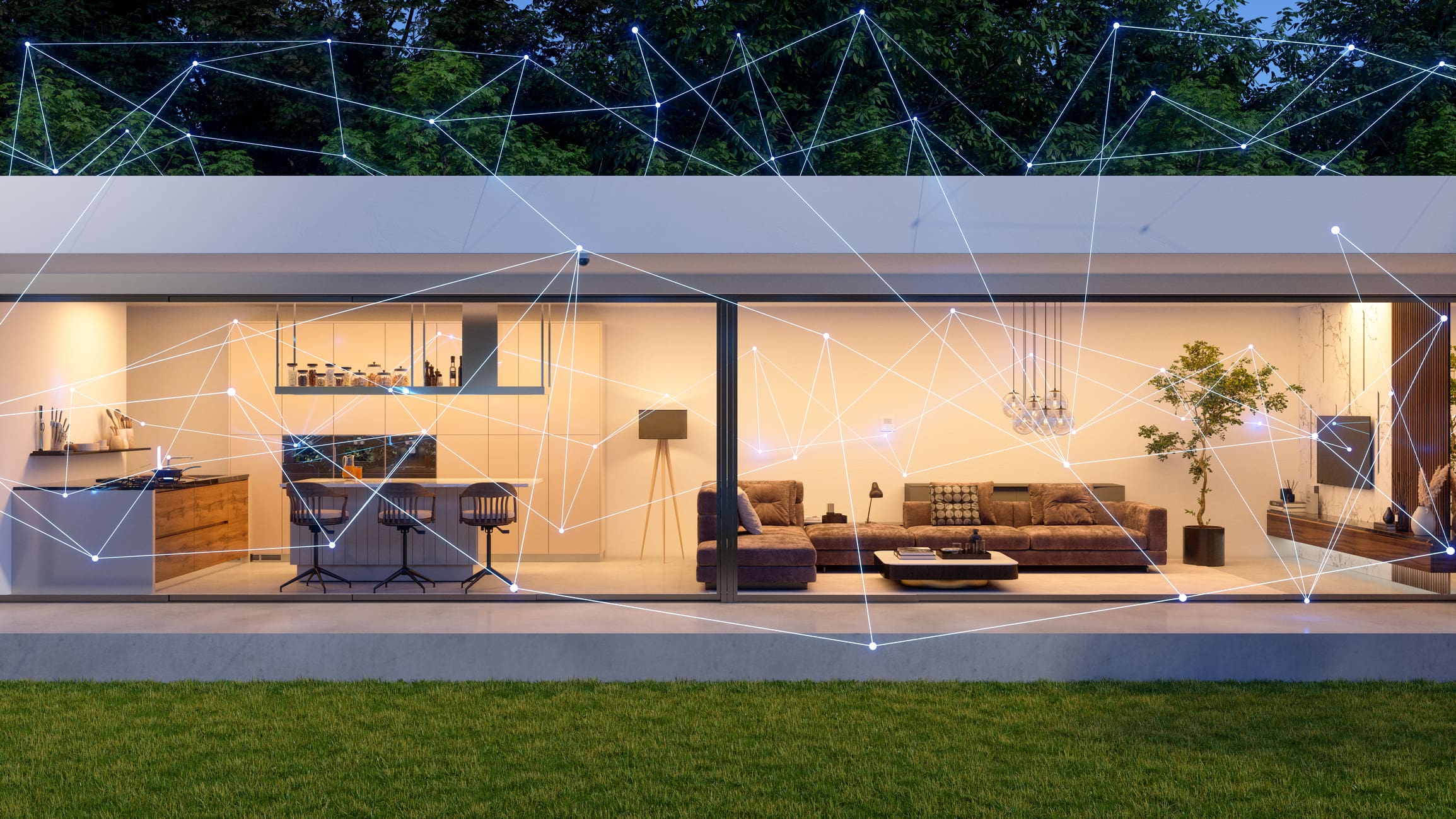 New Matter leak reveals exciting smart garden tools heading our way – a lot sooner than expected
New Matter leak reveals exciting smart garden tools heading our way – a lot sooner than expectedThat was pretty unexpected!
By Lizzie Wilmot
-
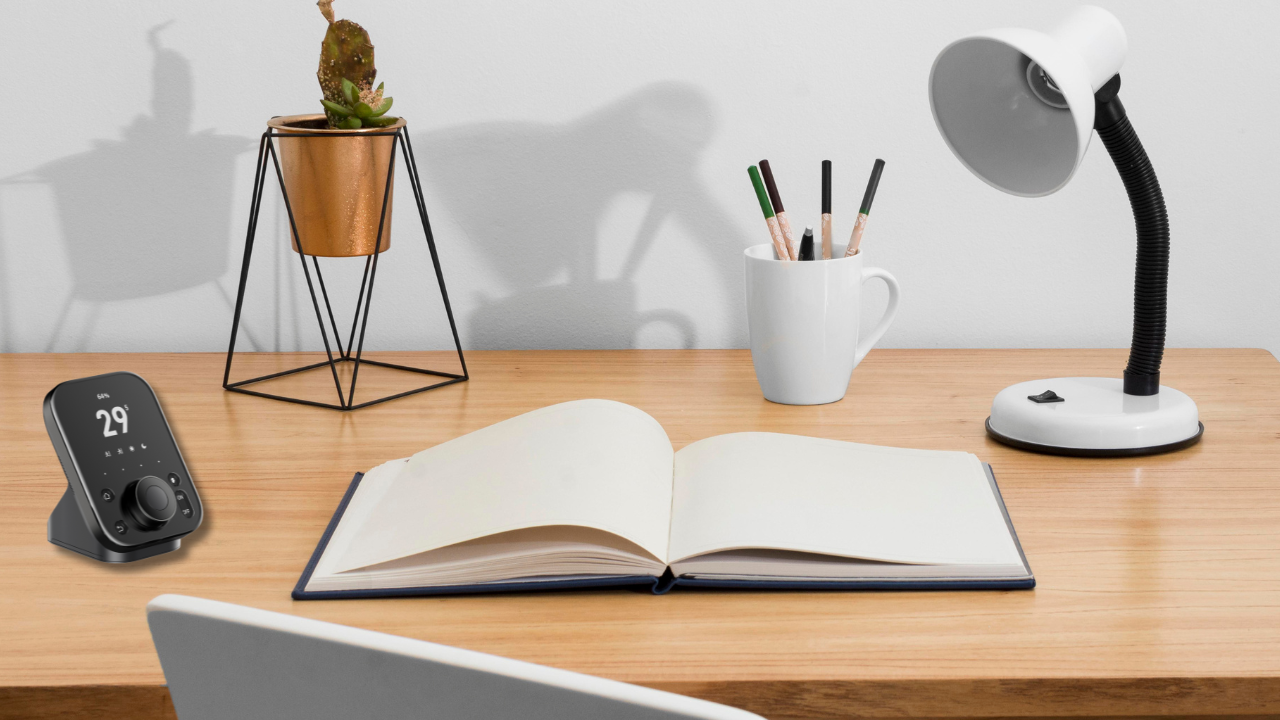 Setting up a smart home as a renter? You have to check out SwitchBot's new hub
Setting up a smart home as a renter? You have to check out SwitchBot's new hubHere's what we know so far
By Lizzie Wilmot
-
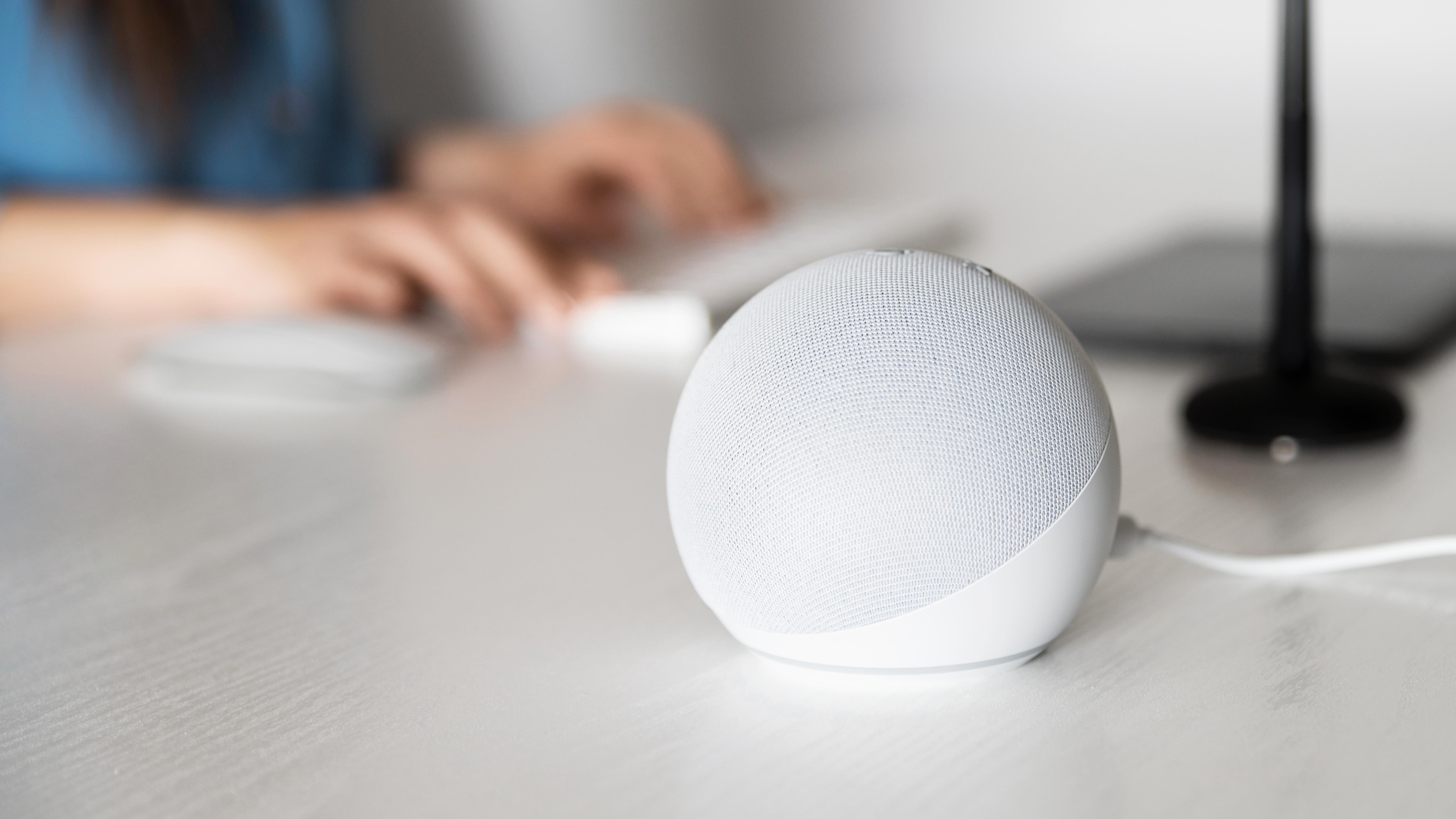 Starting a smart home? I'm an expert and this is the smart speaker you should buy
Starting a smart home? I'm an expert and this is the smart speaker you should buyIt comes down to three options
By Lizzie Wilmot

